The Brahma Temple, Pushkar is a Hindu temple dedicated to Lord Brahma, the creator of the universe according to Hindu mythology. It is located in the town of Pushkar, Rajasthan, India. The temple is believed to be more than 2,000 years old and is one of the few temples in the world dedicated to Lord Brahma.
Brief History of the Temple
According to the legend, Lord Brahma performed a yajna (a Hindu ritual) at the site where the temple is located. As a result, a lotus flower fell from his hand and created a lake, which is now known as the Pushkar Lake. The temple was built near the lake to commemorate this event.
Importance of the Temple in Hinduism
The temple holds great importance in Hinduism as it is believed to be one of the five sacred pilgrimage sites (pilgrimage sites) for Hindus, known as the Char Dham Yatra. The temple is also believed to be the place where Lord Brahma performed his first yajna. It is said that a visit to the temple and a dip in the Pushkar Lake is believed to cleanse one’s soul of all sins and provide spiritual upliftment.
Location and Accessibility
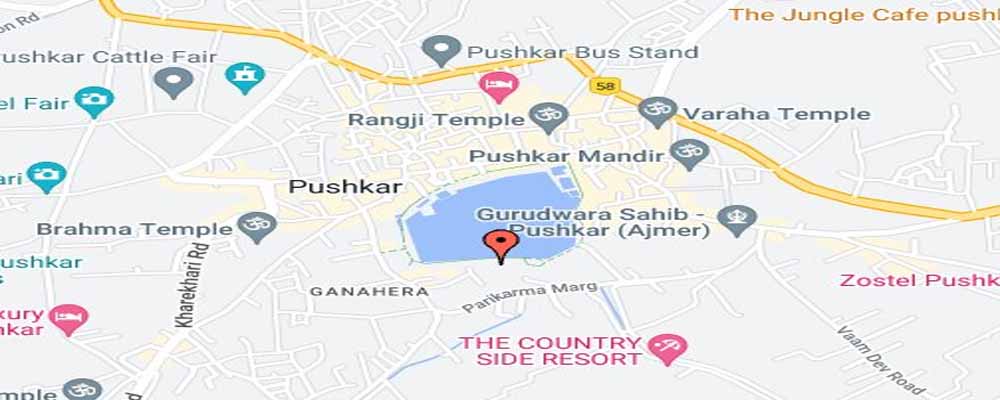
Location of Pushkar in Rajasthan
Pushkar is a town located in the Ajmer district of Rajasthan, India. It is situated around 14 kilometers northwest of Ajmer city and around 150 kilometers southwest of the state capital, Jaipur.
How to Reach Pushkar
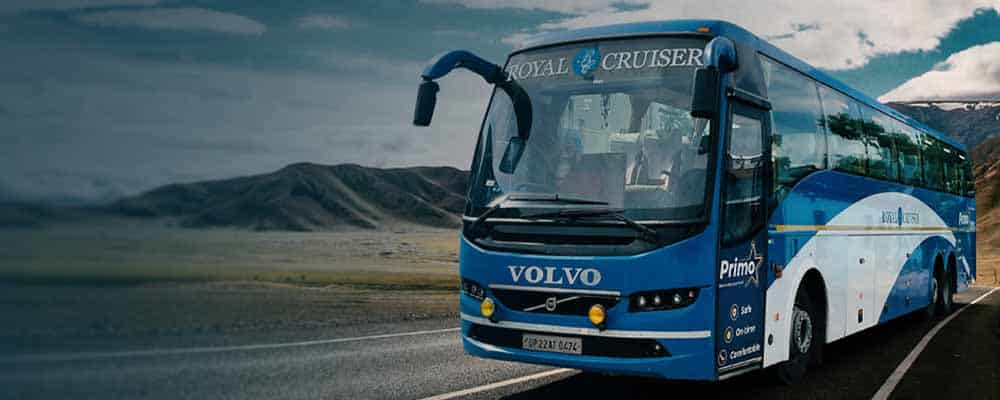
There are several ways to reach Pushkar:
- By Air: The nearest airport to Pushkar is the Jaipur International Airport, which is around 150 kilometers away. From the airport, you can hire a taxi or take a bus to reach Pushkar.
- By Train: The nearest railway station to Pushkar is the Ajmer Junction railway station, which is around 11 kilometers away. From there, you can hire a taxi or take a local bus to reach Pushkar.
- By Road: Pushkar is well connected by road to major cities in Rajasthan and other nearby states. You can take a bus or hire a taxi to reach Pushkar.
Once you reach Pushkar, you can easily reach the Brahma Temple by walking as it is located in the center of the town. Alternatively, you can hire a local rickshaw or take a camel ride to reach the temple. The temple is located close to the Pushkar Lake, which is a popular tourist spot and can be easily located using GPS or by asking locals for directions.
Directions to Brahma Temple
The Brahma Temple is located in the heart of the Pushkar town, near the Pushkar Lake. The temple has a prominent location and can be easily accessed from anywhere in the town.
If you are coming by car or taxi, you can ask the driver to drop you off at the Brahma Temple parking lot, which is located near the temple complex. From there, you can easily walk to the temple.
If you are coming by bus, you can get off at the Pushkar bus stand and take a local rickshaw or a camel ride to reach the temple. The rickshaw or camel ride will take you through the narrow lanes of the town, which is an experience in itself.
Once you reach the temple, you will have to remove your shoes outside and follow the standard temple protocol of washing your hands and feet before entering the temple premises. The temple is open from early morning to late evening, and you can visit it at any time of the day. However, it is recommended to visit the temple during the morning or evening aarti (prayer) time to witness the temple’s spiritual energy and divine atmosphere.
Architecture and Design
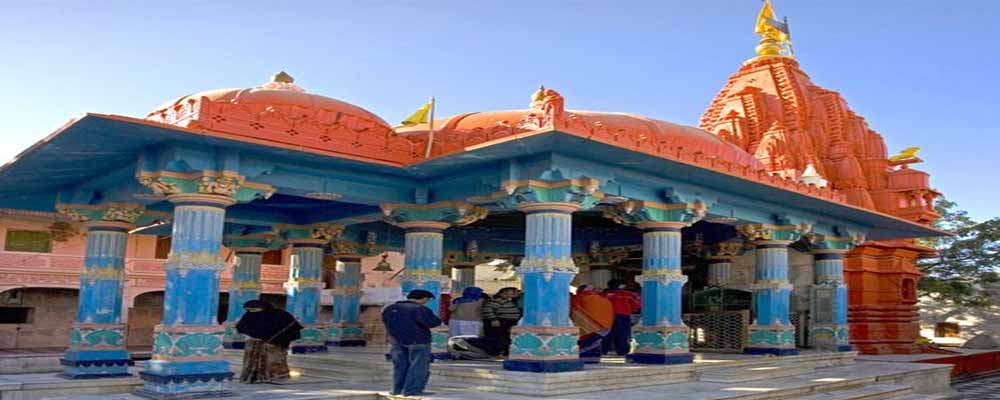
Description of the Temple’s Architecture
The Brahma Temple, Pushkar is known for its unique and beautiful architecture. The temple is built in the North Indian style of architecture and has a distinct red and white color combination. The temple’s structure is made of marble and stone, and the entrance is adorned with a beautifully carved silver door.
Significance of the Temple’s Design
The temple’s design is significant as it follows the Hindu architecture principles of Vastu Shastra, which emphasizes the balance between the five elements of nature – earth, water, fire, air, and space. The temple’s layout follows a rectangular shape and is divided into three parts – the Garbhagriha (sanctum sanctorum), the Mandap (assembly hall), and the Shikhar (spire). The Garbhagriha houses the idol of Lord Brahma, while the Mandap is a place for devotees to sit and pray. The Shikhar is the temple’s towering spire and is adorned with several small domes and kalashas (pots).
Symbolism Behind the Temple’s Structure
The temple’s structure holds great symbolic significance. The temple’s entrance is designed to represent the mouth of a snake, which is believed to be Lord Brahma’s vehicle. The temple’s spire symbolizes the lotus flower that fell from Lord Brahma’s hand, creating the Pushkar Lake. The temple’s interior is adorned with intricate carvings and paintings, depicting various scenes from Hindu mythology, including Lord Brahma’s life and deeds.
Legends and Myths
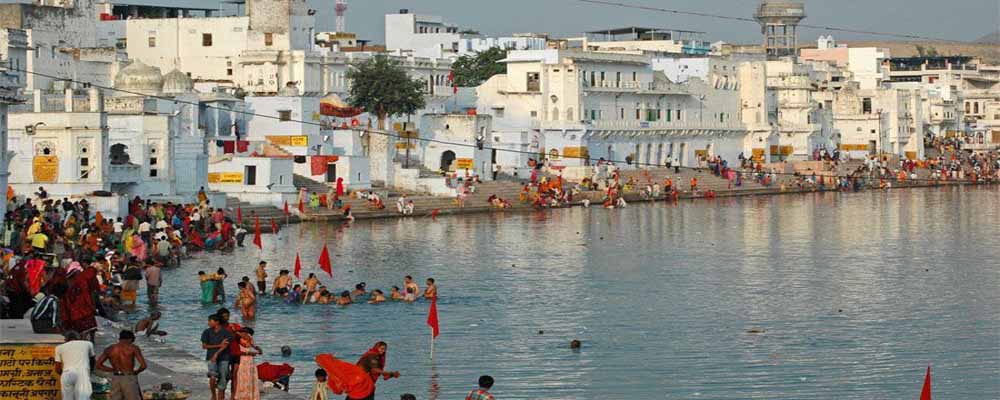
Legend of Brahma and Pushkar Lake
The Brahma Temple, Pushkar is considered to be one of the most significant Hindu temples in India. The temple is dedicated to Lord Brahma, who is believed to be the creator of the universe according to Hindu mythology. The temple’s history and mythology are deeply intertwined with the legend of Lord Brahma and the Pushkar Lake.
Other Myths Associated with the Temple
According to Hindu mythology, Lord Brahma was searching for a suitable place to perform a yagna (sacred ritual). He decided to perform the yagna at the Pushkar Lake, which he created by dropping a lotus flower from his hand. Lord Brahma’s consort, Goddess Saraswati, was not present during the yagna, so he married a local girl named Gayatri to perform the ritual. Goddess Saraswati was enraged at Lord Brahma’s actions and cursed him that he would never be worshipped anywhere else in the world except Pushkar.
Another myth associated with the temple states that a demon named Vajranabha killed Lord Brahma’s children. Lord Brahma killed Vajranabha with his weapon, the lotus flower, which fell at three places, creating three lakes – Pushkar, Madhya Pushkar, and Kanishta Pushkar. Lord Brahma then performed a yagna at the Pushkar Lake, making it a sacred place for Hindus.
Significance of the Temple in Hindu Mythology
The Brahma Temple’s significance in Hindu mythology lies in its association with Lord Brahma, who is considered to be one of the three most important deities in Hinduism, along with Lord Vishnu and Lord Shiva. The temple is also believed to be one of the few remaining temples dedicated to Lord Brahma in India, making it an important pilgrimage site for Hindus.
Visiting the Brahma Temple and taking a dip in the Pushkar Lake is believed to be auspicious and can help in purifying one’s soul. The temple’s significance in Hindu mythology and its unique architecture make it a must-visit destination for anyone interested in Indian spirituality and culture.
Rituals and Customs
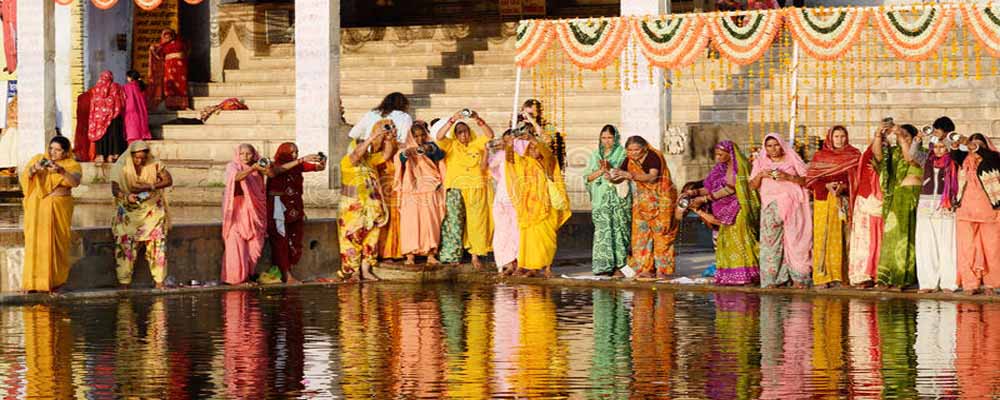
Pujas and Rituals Performed at the Temple
Pujas and rituals are an integral part of the Brahma Temple, Pushkar’s spiritual experience. The temple opens at 5:30 AM every day, and the first puja of the day, the Mangala Aarti, is performed at 6:00 AM. This is followed by several other pujas and rituals throughout the day, including the Rangoli Aarti, the Sandhya Aarti, and the Shayan Aarti.
Devotees can participate in the pujas and rituals by offering flowers, sweets, and other items to Lord Brahma. The temple priests also perform special pujas and havans upon request, which can be arranged by prior appointment.
Dress Code and Other Customs to Follow While Visiting the Temple
It is customary for devotees to dress modestly while visiting the temple. Men are advised to wear traditional Indian attire, such as kurta and pyjama, or dhoti, while women are advised to wear sarees or salwar kameez. Shorts, sleeveless tops, and other revealing clothing are not allowed inside the temple.
Before entering the temple, devotees are required to remove their footwear and wash their hands and feet. Photography inside the temple is strictly prohibited.
Timing of the Rituals and Puja
The temple’s timing for the pujas and rituals varies depending on the season. During the winter months, the temple opens at 6:30 AM and closes at 7:20 PM, while during the summer months, it opens at 5:30 AM and closes at 9:00 PM.
Visiting the Brahma Temple, Pushkar, during important festivals such as Holi and Diwali is considered especially auspicious. During these festivals, the temple is decorated with lights and flowers, and special pujas and rituals are performed.
Festivals and Celebrations
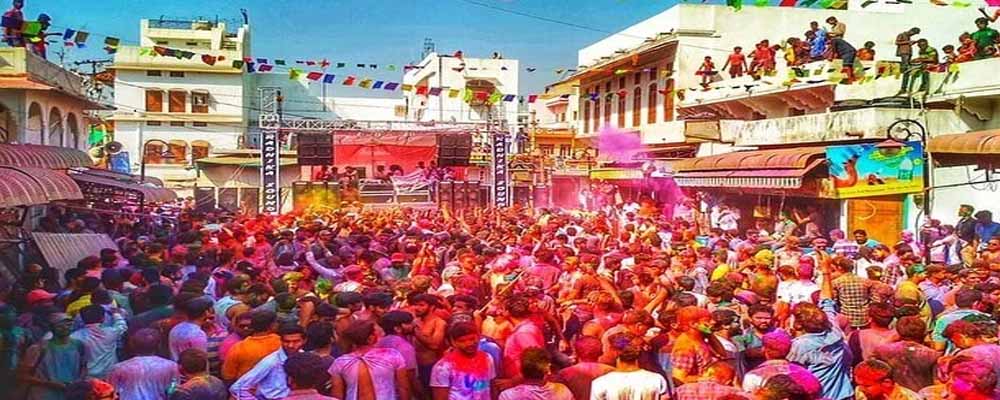
Importance of Festivals in Brahma Temple
The Brahma Temple, Pushkar, is known for its vibrant and colorful festivals that attract devotees from all over the world. Festivals are an important part of the temple’s spiritual and cultural heritage, providing an opportunity for devotees to connect with their faith and traditions.
Description of the Major Festivals Celebrated at the Temple
One of the most important festivals celebrated at the Brahma Temple is Kartik Purnima, which falls in the Hindu month of Kartik (October/November). During this festival, the Pushkar Lake is lit up with thousands of lamps, and devotees take a dip in the holy waters to cleanse their sins. The Brahma Temple is decorated with flowers and lights, and special pujas and rituals are performed.
Another important festival celebrated at the Brahma Temple is Holi, which falls in the Hindu month of Phalguna (February/March). The temple is decorated with vibrant colors and flowers, and devotees participate in a traditional Holi celebration with music, dance, and the throwing of colored powders.
Diwali, the festival of lights, is also celebrated with great enthusiasm at the Brahma Temple. The temple is lit up with thousands of lamps, and devotees offer prayers and light diyas to seek Lord Brahma’s blessings.
Other festivals celebrated at the Brahma Temple include Janmashtami, Navratri, and Shivratri.
Dates and Timings of the Festivals
The dates and timings of these festivals vary each year according to the Hindu calendar. Kartik Purnima is celebrated on the full moon day of the Kartik month, while Holi and Diwali fall on the full moon days of the Phalguna and Ashvin months, respectively. Janmashtami, Navratri, and Shivratri are celebrated on specific dates according to the Hindu calendar.
Visiting the Brahma Temple, Pushkar, during these festivals provides a unique opportunity to experience the joy and vibrancy of Indian culture and spirituality.
Surroundings and Nearby Attractions
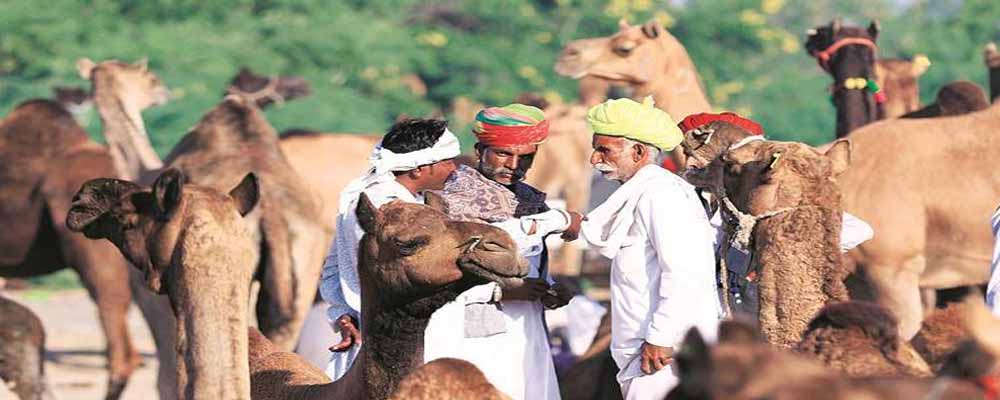
Other Nearby Temples and Their Significance
Besides the Brahma Temple, there are several other temples in Pushkar that are worth a visit. Some of the popular temples include:
- Varaha Temple: This temple is dedicated to Lord Vishnu’s third avatar, Varaha (the boar). The temple’s architecture is noteworthy, and it houses a beautiful idol of Varaha.
- Savitri Temple: This temple is dedicated to Lord Brahma’s wife, Goddess Savitri. The temple is situated on a hill and offers a breathtaking view of the Pushkar Lake and the surrounding hills.
- Rangji Temple: This temple is dedicated to Lord Vishnu and is one of the largest temples in Pushkar. The temple’s architecture is a fusion of South Indian and Rajasthani styles.
Attractions to Visit Near Brahma Temple
Apart from temples, Pushkar has several other attractions that are worth a visit. The Pushkar Lake is one of the most popular tourist spots, and it is believed to be one of the most sacred lakes in India. The lake is surrounded by several ghats (steps) where devotees take a dip to cleanse their sins.
The Pushkar Camel Fair is another major attraction that takes place annually in November. The fair attracts thousands of tourists and is a vibrant celebration of Rajasthan’s culture and traditions. Visitors can enjoy camel rides, witness cultural performances, and indulge in local delicacies.
Pushkar is also known for its colorful bazaars, where visitors can shop for handicrafts, clothes, and jewelry. The Brahma Temple Bazaar is a popular shopping destination, where visitors can find a variety of souvenirs and local items.
Overview of Pushkar City and Its Tourism Potential
Pushkar has great tourism potential due to its rich cultural heritage and scenic beauty. The city attracts tourists from all over the world who are interested in spirituality, history, and culture. Pushkar’s close proximity to Jaipur, the capital city of Rajasthan, also makes it easily accessible for tourists.
Travel Tips
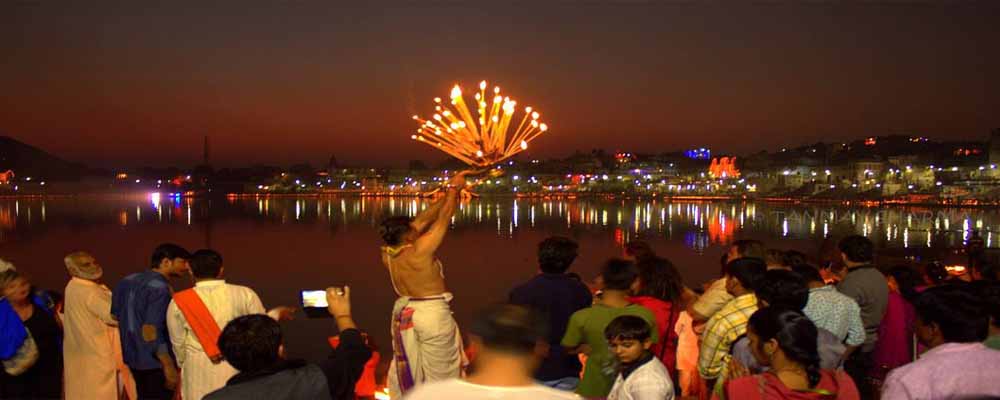
Best Time to Visit the Temple
The Brahma Temple in Pushkar can be visited throughout the year. However, the best time to visit is between October and March when the weather is pleasant, and the annual Pushkar Camel Fair takes place. The months of July to September are considered the monsoon season, and the temple may be closed due to heavy rainfall.
What to Expect During the Visit
Visitors can expect to experience a peaceful and spiritual atmosphere at the Brahma Temple. Devotees can perform pujas and rituals and seek the blessings of Lord Brahma. The temple’s architecture and design are also a sight to behold, with intricate carvings and paintings on the walls and ceilings. The temple can get crowded during festivals and special occasions, so visitors should plan accordingly.
Things to Keep in Mind While Traveling to Pushkar
- Respect the local customs and traditions: Pushkar is a holy city, and visitors are expected to dress modestly and behave respectfully while visiting temples and other holy places.
- Follow the dress code: Visitors are required to dress modestly while visiting the Brahma Temple. Men should wear full-length pants, while women should wear clothes that cover their legs and shoulders.
- Be aware of scams: Visitors should be cautious of touts and scammers who may try to cheat them. It’s advisable to only book tours and accommodations from reputable sources.
- Carry sufficient cash: Many small shops and restaurants in Pushkar may not accept credit or debit cards, so visitors should carry enough cash for their expenses.
- Stay hydrated: Pushkar can get very hot during summers, so visitors should carry a water bottle and stay hydrated.
- Plan your visit during festivals: Pushkar is known for its festivals and cultural events, and visitors should plan their visit accordingly to experience the city’s vibrant culture.
By keeping these tips in mind, visitors can have a safe and enjoyable trip to Pushkar and the Brahma Temple.
Accommodation and Food

Options for Accommodation Near Brahma Temple
Pushkar offers a range of accommodation options, including budget guesthouses, mid-range hotels, and luxury resorts. Some popular options near the Brahma Temple include:
- Pushkar Bagh Resort: This luxury resort is located just a kilometer away from the temple and offers comfortable rooms, a swimming pool, and a spa.
- Hotel Brahma Horizon: This mid-range hotel is located just 500 meters from the temple and offers air-conditioned rooms and a rooftop restaurant.
- Zostel Pushkar: This budget hostel is located just a kilometer from the temple and offers dormitory and private rooms, a communal kitchen, and a terrace.
Types of Food Available Near the Temple
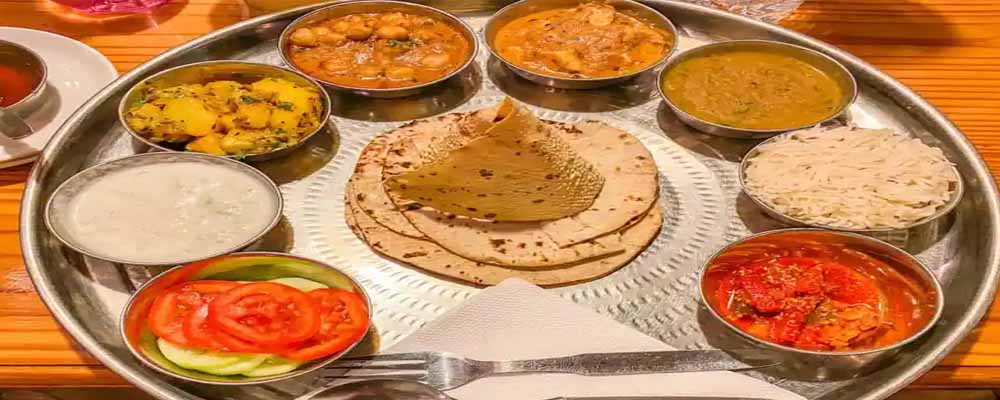
Pushkar is known for its vegetarian cuisine, and visitors can find a range of local and international dishes near the Brahma Temple. Some popular options include:
- Rajasthani Thali: This traditional meal consists of a variety of curries, bread, rice, and desserts, and is a must-try for visitors to Pushkar.
- Lassi: This sweet yogurt drink is a popular beverage in Pushkar and can be found at many local restaurants and street stalls.
- Street food: Pushkar’s streets are lined with food stalls offering a variety of snacks and chaats, such as samosas, kachoris, and golgappas.
Recommendations for the Best Places to Stay and Eat
- Sunset Cafe: This rooftop cafe offers stunning views of the Brahma Temple and Pushkar Lake. It serves a range of vegetarian dishes and is a great spot to enjoy a sunset meal.
- Little Italy: This Italian restaurant is a popular choice for visitors looking for a break from Indian cuisine. It serves authentic Italian food, including pizza and pasta.
- The Laughing Buddha Cafe: This cozy cafe is located just a short walk from the Brahma Temple and serves a range of vegetarian and vegan dishes. It’s a great spot to relax and unwind after a visit to the temple.
For accommodation, Hotel Pushkar Palace is a popular choice for its heritage charm and proximity to the temple. Hotel Brahma Horizon is a budget-friendly option for those looking for a comfortable stay at an affordable price.
Shopping

Overview of Pushkar’s Market
Pushkar is famous for its vibrant markets, which offer a range of colorful and unique items for visitors to take home as souvenirs. The market is located near the Brahma Temple and is easily accessible on foot.
Popular Items to Buy from the Market
- Handicrafts: Pushkar is known for its traditional Rajasthani handicrafts, including textiles, pottery, and jewelry. Visitors can find a wide range of handcrafted items, including colorful bangles, embroidered bags, and intricately designed silver jewelry.
- Spiritual items: Pushkar is a popular destination for spiritual seekers, and visitors can find a range of spiritual items in the market, including prayer beads, incense, and statues of Hindu gods and goddesses.
- Clothes: The market is a great place to buy traditional Rajasthani clothing, including colorful turbans, saris, and kurtas.
Tips for Shopping in Pushkar
- Bargain: Bargaining is an important part of shopping in Pushkar, and visitors are expected to negotiate the price of items before making a purchase.
- Quality check: It’s important to check the quality of items before buying them. Visitors should look for items that are well-made and durable.
- Time your visit: The market can get crowded during peak tourist season, so it’s best to plan your visit during off-peak times to avoid the crowds.
- Respect local customs: Visitors should be respectful of local customs and avoid wearing revealing clothing or taking photographs without permission.
Photography
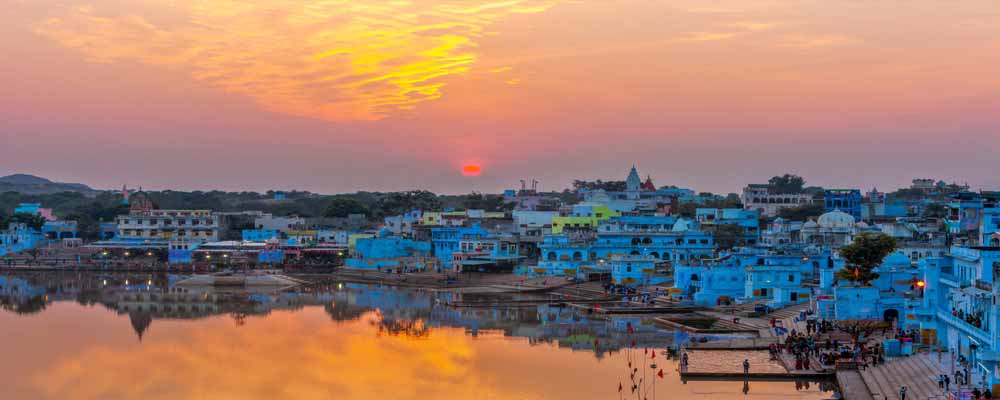
Photography Rules and Restrictions at the Temple
Visitors are allowed to take photographs inside the Brahma Temple, but there are certain rules and restrictions that must be followed. Visitors should avoid taking photographs of the deities or any areas where photography is prohibited. Additionally, visitors should be respectful of other worshippers and avoid taking photographs during prayer or other rituals.
Best Time for Photography
The best time for photography at the Brahma Temple is early in the morning or late in the afternoon when the temple is less crowded and the light is softer. This will provide better opportunities to capture the intricate architecture and the details of the temple.
Tips for Capturing the Best Shots at the Temple
- Respect the rules: Visitors should be respectful of the temple’s rules and restrictions regarding photography. This will help ensure a positive experience for all visitors and will help preserve the sanctity of the temple.
- Use natural light: The temple is well-lit, so visitors should avoid using a flash and instead rely on natural light to capture the details of the temple.
- Focus on the details: The temple is filled with intricate carvings and details, so visitors should focus on capturing these elements in their photographs.
- Experiment with angles: Visitors should try different angles and perspectives when taking photographs to capture the temple’s unique architecture.
- Be patient: The temple can get crowded, so visitors should be patient and wait for the right moment to capture the perfect shot.
By following these tips, visitors can capture beautiful photographs of the Brahma Temple and its stunning architecture.
Safety and Security
Safety Measures to be Followed While Visiting the Temple
Visitors should follow the safety guidelines provided by the temple authorities to ensure a safe and enjoyable visit. Some of the safety measures that should be followed include:
- Avoid carrying valuable items such as jewelry, cameras, or cash.
- Wear comfortable and appropriate clothing to avoid any inconvenience during the visit.
- Be cautious of pickpockets and avoid carrying large amounts of cash.
- Follow the rules and regulations of the temple and respect the religious sentiments of the devotees.
Precautions to be Taken While Traveling to Pushkar
While traveling to Pushkar, visitors should take certain precautions to ensure a safe and comfortable trip. These precautions include:
- Carry adequate cash and other essentials such as water, snacks, and sunscreen.
- Avoid traveling alone at night and stay in well-lit and busy areas.
- Be cautious while using public transportation and avoid traveling in overcrowded buses or trains.
- Always carry a map and have a basic knowledge of the local language to communicate with locals.
Emergency Contacts for Tourists
In case of an emergency, visitors can contact the following numbers:
- Police: 100
- Ambulance: 108
- Tourist Helpline: 1800-111-363
It is also recommended to keep the contact details of your hotel or accommodation handy in case of any emergencies.
Cultural Significance
Importance of Brahma Temple in Indian Culture
Brahma Temple in Pushkar is considered to be one of the most important temples in India. The temple is not only a revered place of worship but also an important cultural and historical landmark. It is believed that visiting the temple and taking a dip in the Pushkar Lake can wash away one’s sins and bring good fortune.
Role of the Temple in Promoting Cultural Tourism
The Brahma Temple in Pushkar is not only a spiritual destination but also an important cultural and tourism destination. It attracts a large number of tourists from all over the world who are interested in exploring the cultural and historical significance of the temple. The temple also serves as a cultural hub, where visitors can experience the local customs and traditions of Pushkar.
Ways to Preserve and Promote the Temple’s Cultural Significance
To preserve and promote the cultural significance of Brahma Temple, the following steps can be taken:
- Maintenance of the temple’s architecture and sculptures to ensure their preservation.
- Awareness campaigns and cultural programs can be organized to educate visitors about the temple’s cultural significance.
- Encouraging eco-tourism in the region, promoting responsible tourism practices, and ensuring the preservation of the natural surroundings of the temple.
- Collaborating with local artisans and craftsmen to promote the local culture and handicrafts.
- Developing tourism infrastructure around the temple to ensure the safety and comfort of visitors.
- Encouraging local community participation in the management of the temple and its surroundings.
By taking these steps, we can ensure the preservation and promotion of the cultural significance of Brahma Temple, thereby attracting more tourists to the region and boosting the local economy.
Spiritual Significance
Importance of the Temple in Hindu Spirituality
Brahma Temple in Pushkar is considered to be an important place of worship in Hinduism. The temple is dedicated to Lord Brahma, the creator of the universe, and is believed to hold immense spiritual significance for Hindus.
Description of the Spiritual Experiences and Benefits of Visiting the Temple
Visiting Brahma Temple can offer a range of spiritual experiences and benefits for devotees. Some of these include:
- Cleansing of the soul: Taking a dip in the holy Pushkar Lake and visiting the temple is believed to wash away one’s sins and purify the soul.
- Receiving divine blessings: It is believed that by visiting the temple and offering prayers, one can receive the blessings of Lord Brahma and attain spiritual enlightenment.
- Strengthening of faith: Visiting the temple and witnessing the devotion of other devotees can strengthen one’s faith and deepen their spiritual connection with God.
- Overcoming obstacles: It is believed that visiting the temple and offering prayers can help one overcome obstacles and challenges in their life.
How to Deepen your Spiritual Connection with Brahma Temple
To deepen your spiritual connection with Brahma Temple, you can follow these practices:
- Meditation: Meditation can help you focus your mind and deepen your spiritual connection with God.
- Chanting: Chanting mantras and hymns dedicated to Lord Brahma can help you connect with his divine energy.
- Service: Volunteering at the temple and serving the devotees can help you cultivate humility and deepen your spiritual connection.
- Self-reflection: Reflecting on your life and actions can help you identify areas for personal growth and strengthen your spiritual connection.
By following these practices, you can deepen your spiritual connection with Brahma Temple and experience the full range of spiritual benefits it has to offer.
Personal Experiences
Stories and Testimonials of People Who Have Visited the Temple
Visiting the Brahma Temple in Pushkar has had a profound impact on the lives of many people. Here are some personal stories and testimonials:
- “Visiting the Brahma Temple was a life-changing experience for me. The energy and spirituality of the place were palpable, and I felt a deep connection with the divine. It was a reminder that there is more to life than just the material world.” – Priya, Mumbai
- “As a Hindu, visiting the Brahma Temple was a dream come true for me. The temple’s rich history and spiritual significance were awe-inspiring, and it gave me a sense of pride and connection to my roots.” – Rohit, Delhi
- “I’m not religious, but visiting the Brahma Temple was a transformative experience for me. The beauty of the temple’s architecture and the peacefulness of the surroundings were incredible. It reminded me of the importance of finding moments of stillness in our busy lives.” – Sarah, New York
How Visiting the Temple has Impacted People’s Lives
For many, visiting the Brahma Temple has provided a sense of peace, connection, and spiritual growth. It has been a place of healing, inspiration, and reflection. Some have even reported physical healing and blessings after visiting the temple.
Personal Recommendations and Suggestions for Visiting the Temple
Here are some personal recommendations and suggestions for visiting the Brahma Temple:
- Wear comfortable and modest clothing, and be respectful of the temple’s customs and traditions.
- Visit early in the morning or late in the evening to avoid crowds and experience the temple’s peaceful atmosphere.
- Take time to soak in the temple’s beauty and observe the rituals and pujas.
- Consider hiring a guide to learn more about the temple’s history and significance.
- Spend time exploring the nearby Pushkar Lake and other temples in the area.
Visiting the Brahma Temple is a unique and transformative experience that everyone should have at least once in their life.
Conclusion
In summary, Brahma Temple in Pushkar is an important destination for those seeking spiritual experiences in India. The temple’s unique architecture and cultural significance make it a must-visit for tourists from all over the world. From its rich history to its spiritual significance, the Brahma Temple is a place that will leave a lasting impact on anyone who visits.
If you are planning a trip to India, we highly recommend adding Brahma Temple to your itinerary. Whether you are a devout Hindu seeking to deepen your spirituality or a curious traveler looking for an unforgettable experience, Brahma Temple is sure to impress.
Final Thoughts
Brahma Temple in Pushkar is a testament to India’s rich cultural heritage and spiritual traditions. Visiting this temple is an opportunity to connect with the divine and immerse yourself in the beauty of India’s spiritual landscape. We hope that this article has inspired you to visit the temple and experience its magic for yourself.
Call-to-Action
If you are planning to visit India, don’t miss the chance to experience the spiritual energy of Brahma Temple in Pushkar. Plan your visit today and prepare for a life-changing experience!
Brahma Temple, Pushkar FAQs
What is the significance of the Brahma Temple in Hinduism?
The Brahma Temple is one of the few temples in the world dedicated to Lord Brahma, who is considered to be the creator of the universe according to Hindu mythology. It is believed that a visit to this temple grants spiritual and material fulfillment to devotees.
Why is Pushkar Brahma temple famous?
Pushkar’s Brahma Temple is famous for being one of the few temples in the world dedicated to Lord Brahma, the creator of the universe in Hinduism. It is believed to be more than 2000 years old and is a significant pilgrimage site for Hindus. The temple’s unique architecture, rich history, and association with various myths and legends make it a popular tourist attraction as well.
Which city is famous for Brahma temple?
Pushkar city in Rajasthan is famous for the Brahma Temple. It is one of the very few temples in the world dedicated to Lord Brahma and attracts a large number of pilgrims and tourists every year.
Why Brahma Temple only in Pushkar?
According to Hindu mythology, Lord Brahma performed a yajna (a ritual sacrifice) at Pushkar Lake and decided to perform a havan (a sacred fire ceremony) at the site where the lake appeared. As a result, the temple of Lord Brahma was built in Pushkar, making it the only Brahma temple in the world. Additionally, there is a legend that Lord Brahma cursed his own wife, Saraswati, that she would not be worshipped anywhere else except in Pushkar. This is why there are no other Brahma temples in the world, and Pushkar is considered a sacred and significant pilgrimage site for Hindus.
Who built Brahma temple Pushkar?
The builder of the Brahma Temple in Pushkar is not known. The temple is believed to be ancient, and its construction is attributed to the god Brahma himself. However, the temple has undergone several renovations and restorations over the centuries by various rulers and donors.

